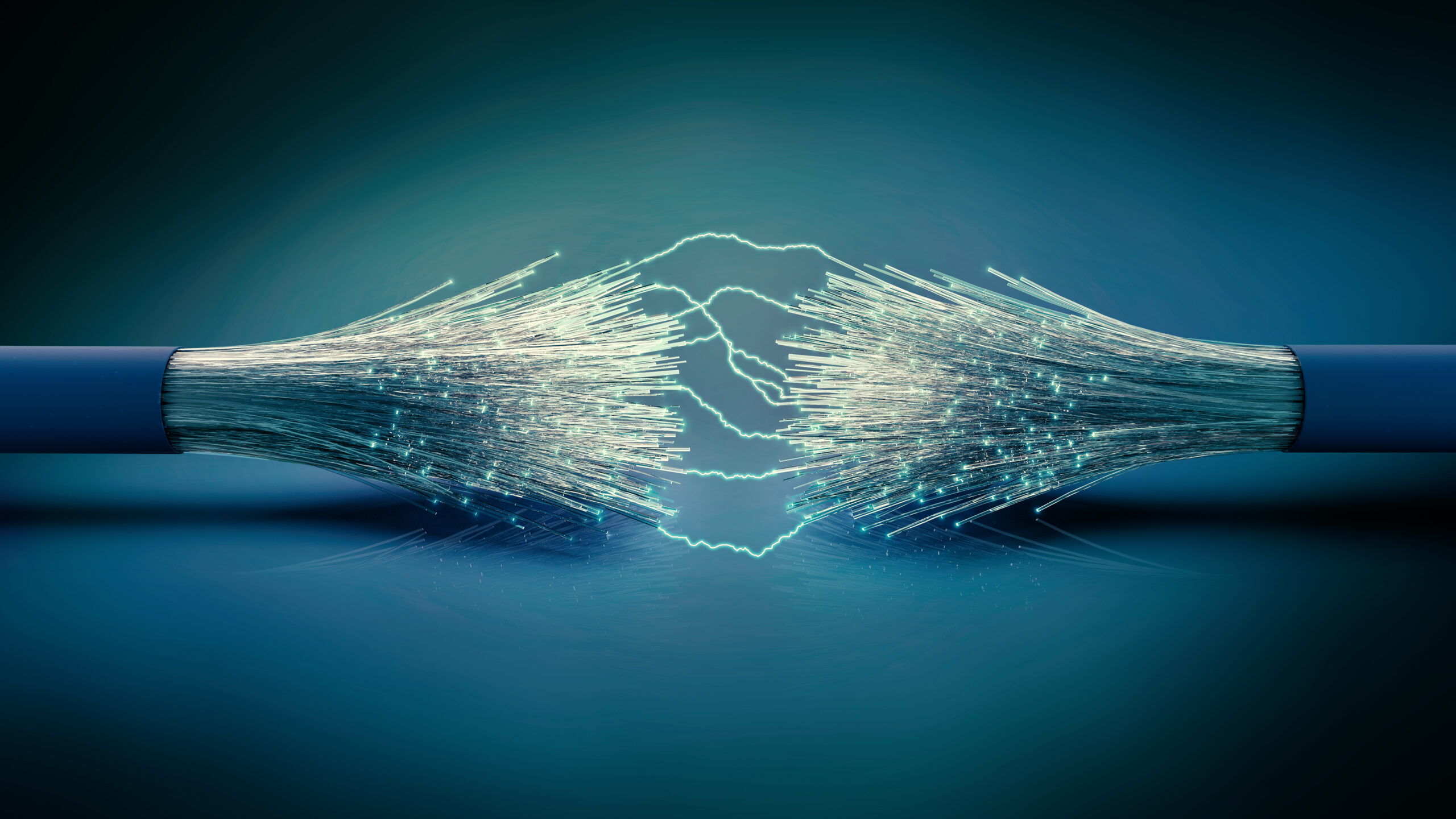Insights | 26 March 2021
Deception and Detection: The use of technology in assessing witness credibility

Tribunals, like courts, have long grappled with differentiating truthful from untruthful witnesses. A number of cases before the Court of Arbitration for Sport have considered whether polygraph evidence is admissible as a means of verifying witness testimony, though tribunals have not reached any consensus. Now, authorities in several countries are trialling a new generation of ‘lie detectors’ using technologies such as eye tracking, artificial intelligence, and brain imaging. Proponents argue that these new technologies are more accurate and less subjective than existing polygraphs and that they can transform the nature of witness evidence. This article outlines the potential scope of lie-detecting technologies in arbitration and their promise to revolutionize tribunals’ evaluations of witness credibility. It considers objections to their usage, including reliability, machine bias and privacy, and the privilege against self-incrimination, and concludes that considerations of fairness and proportionality favour excluding lie-detector evidence.
The full article is available here.
Back to listing


